Exploring the great outdoors often promises splendid views and breathtaking encounters with untouched nature. However, amidst the splendor of nature’s beauty lies a hidden reality: the presence of dangerous wildlife. In many national parks, fascinating animals roam freely, and while they contribute to the ecological balance, some also pose potential risks to human visitors. This article delves into 12 national parks where the wildlife not only captivates but commands respect for their power and agility.
12. Yellowstone National Park

Yellowstone, renowned for its geothermal features and stunning landscapes, is home to some of the most feared inhabitants of North America: grizzly bears and wolves. Park regulations strongly advise visitors to maintain a significant distance from these apex predators. Grizzly bears, in particular, have been known to view humans as threats if approached too closely. Bear spray and proper food storage are essential for anyone venturing into backcountry areas.
11. Yosemite National Park

Yosemite’s majestic granite cliffs and groves of giant sequoias are also home to potentially aggressive wildlife, including black bears and mountain lions. Black bears in this region are known for their tenacity in seeking out food, often leading them to campsites. Hikers are encouraged to store all food and scented items in bear-proof canisters to avoid attracting these animals.
10. Glacier National Park
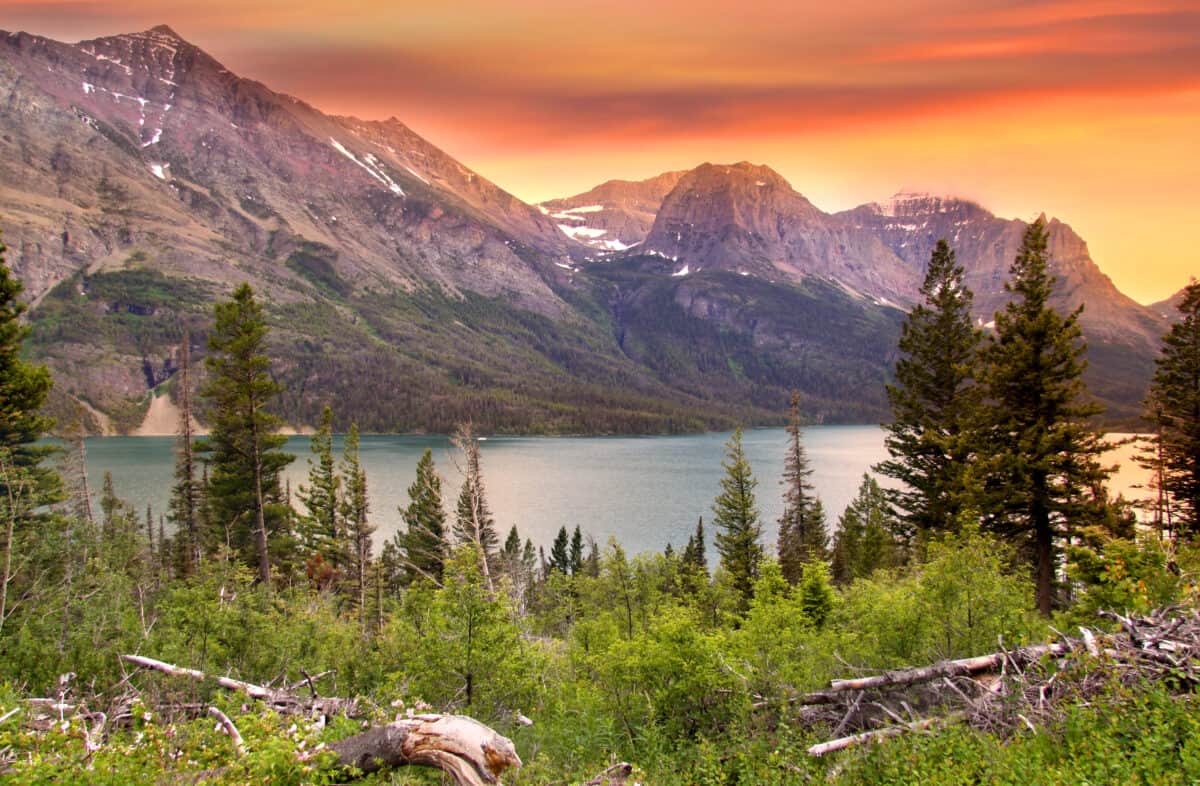
In Glacier National Park, the presence of grizzly and black bears makes it critical for visitors to practice bear safety guidelines. These wilderness areas also host moose, which, despite their typical calm demeanor, can become aggressive when threatened. For those exploring the park’s remote trails, it’s crucial to remain vigilant and respectful of wildlife space.
9. Denali National Park

Denali’s vast tundra and landscapes are synonymous with the presence of wolves and grizzly bears. The park’s policy emphasizes the importance of leaving no trace and minimizing human impact, which includes avoiding encounters with these formidable animals. Hikers and campers are reminded to make noise to avoid surprise encounters and to travel in groups for added safety.
8. Katmai National Park
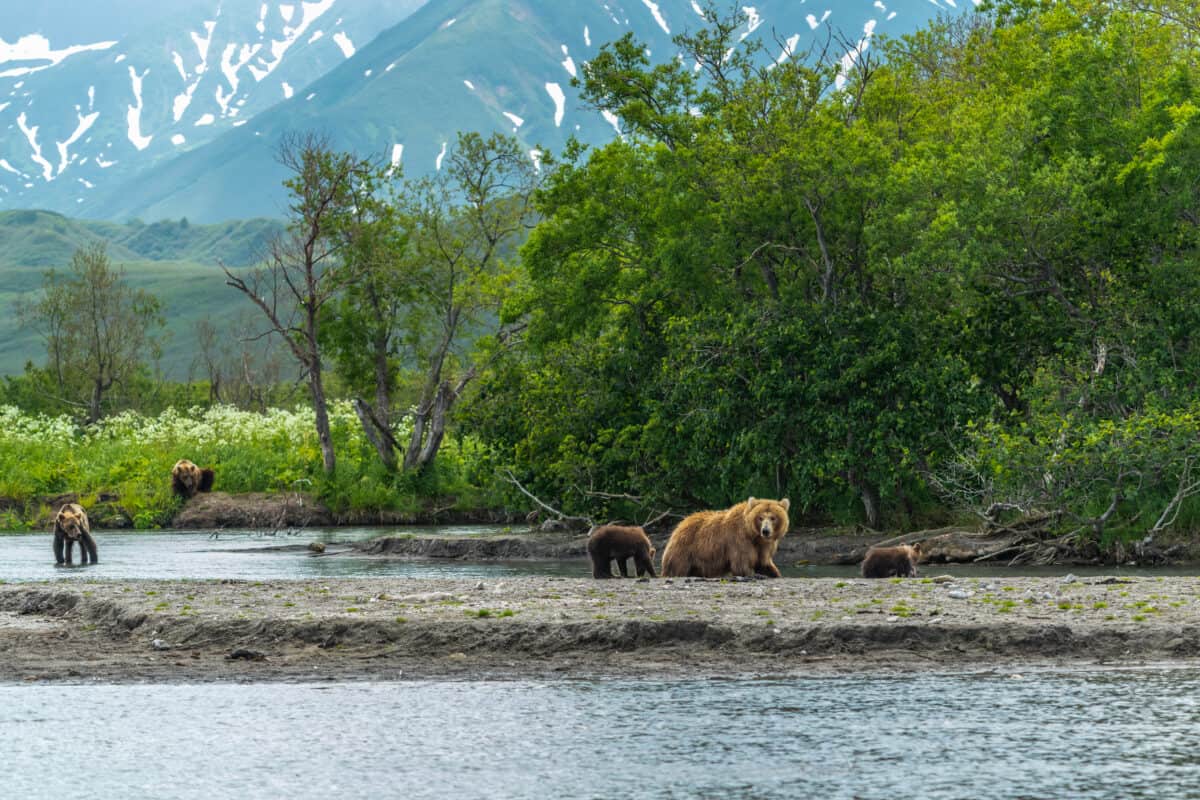
Famous for its salmon runs, Katmai attracts both human spectators and brown bears in large numbers. These bears gather at Brooks Falls to fish, leading to potential interactions with park visitors. Guided tours and boardwalks are designed to provide a safe viewing distance and minimize stress on the bears, ensuring a safer experience for all.
7. Great Smoky Mountains National Park
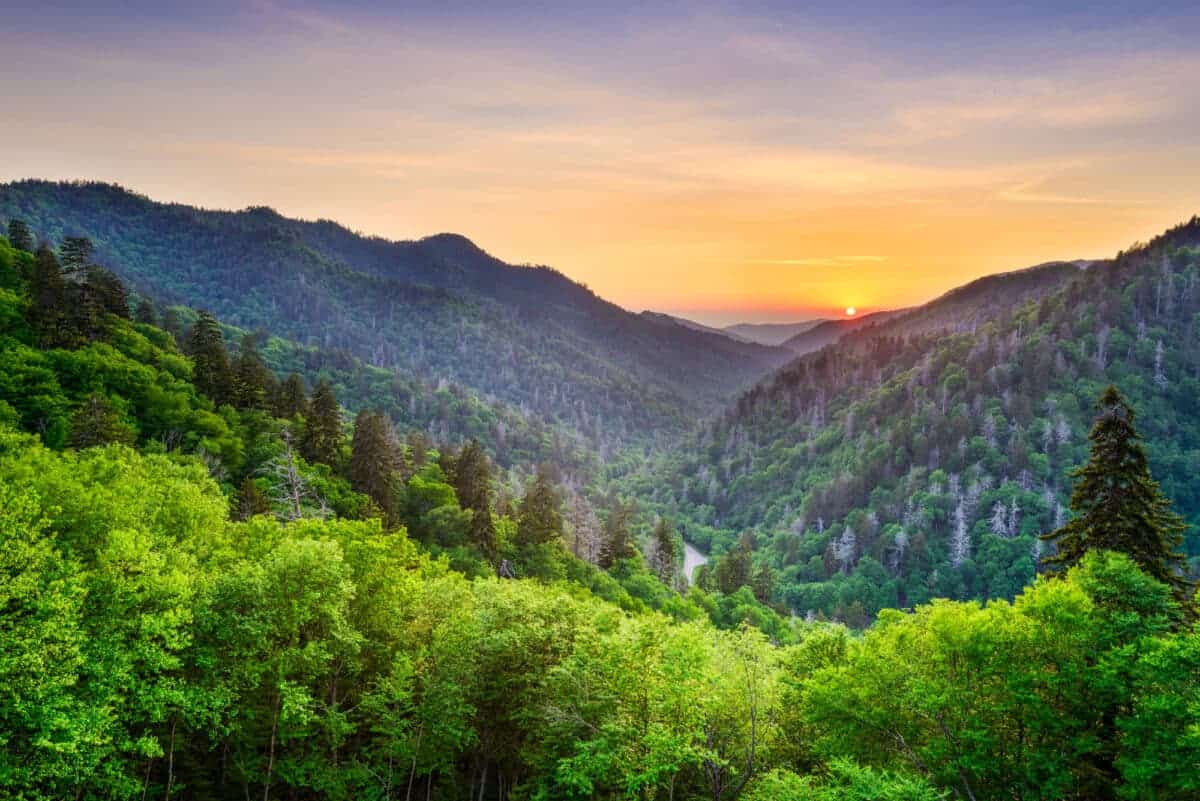
The Great Smoky Mountains host an impressive range of biodiversity, including a substantial population of black bears. With a high number of visitors, the park deals frequently with bear-related incidents. Education on proper storage of food and trash is a primary focus to prevent encounters and protect both visitors and bears.
6. Everglades National Park
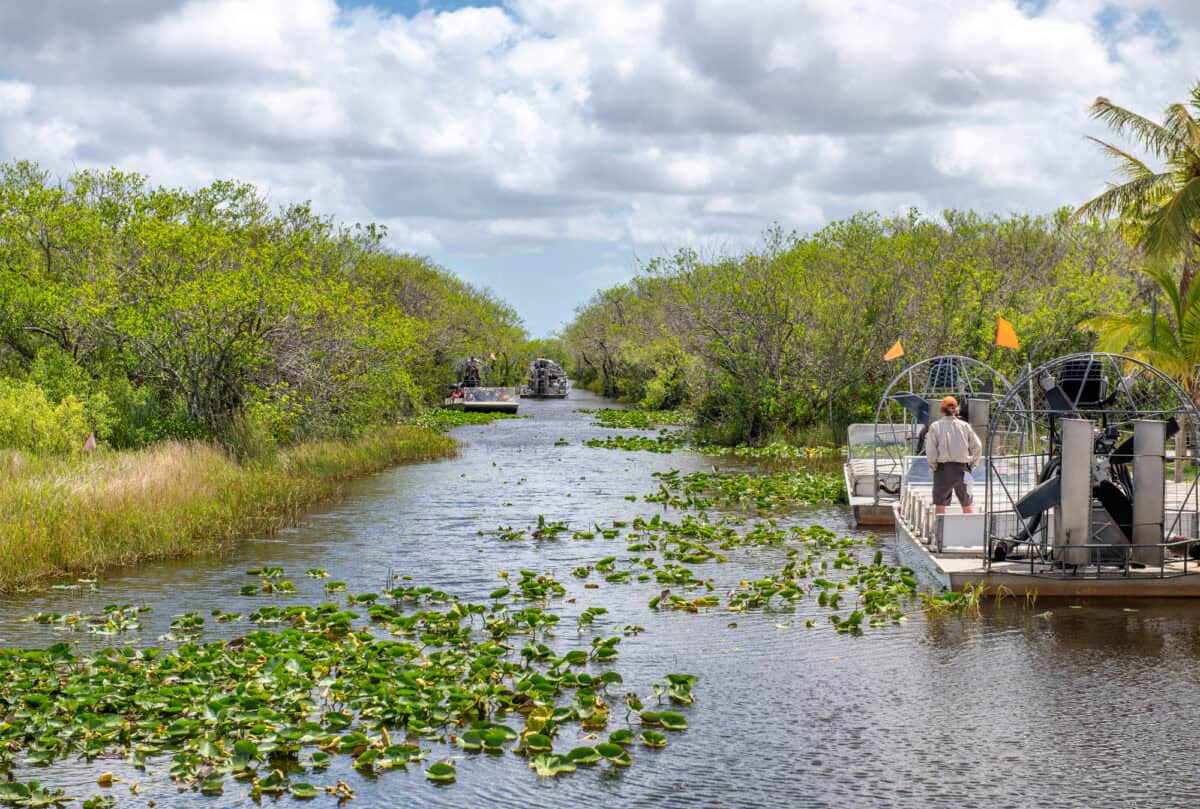
In the vast wetlands of the Everglades, American alligators and crocodiles reign supreme. Despite their seeming lethargy on banks and in the water, they are capable of quick movements, especially when provoked or during mating season. Canoeists and hikers should maintain a safe distance and be cautious around bodies of water.
5. Zion National Park
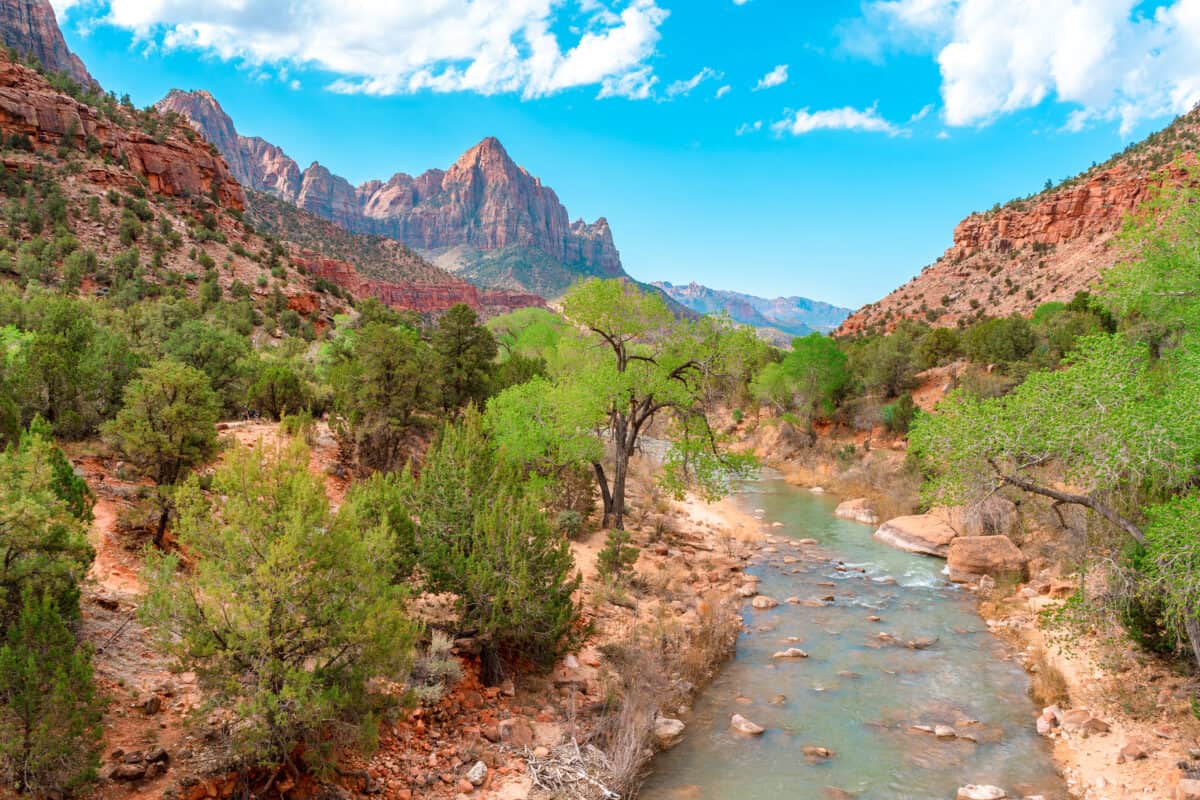
Although known for its striking cliffs and canyons, Zion is also home to mountain lions and rattlesnakes. Both are elusive but pose risks if surprised or threatened. Hikers are advised to stay on established trails, remain aware of their surroundings, and avoid approaching or disturbing wildlife.
4. Rocky Mountain National Park

The rugged terrain of Rocky Mountain National Park provides a habitat for mountain lions and elk. During mating season (known as the rut), elk can become particularly aggressive. Visitors are encouraged to use binoculars or a telephoto lens to observe these animals from a safe distance without disturbing them.
3. Grand Teton National Park
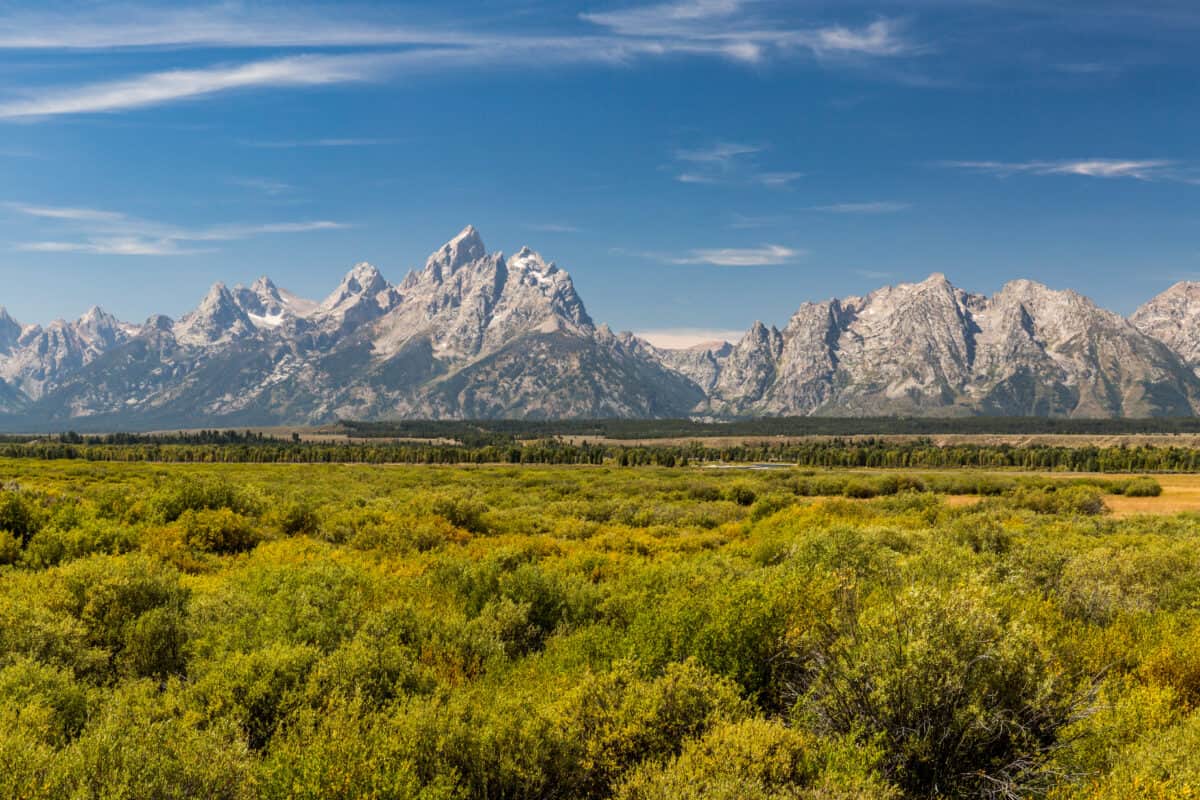
Grand Teton, with its sharp peaks and crystal-clear lakes, shares some of its wildlife with neighboring Yellowstone, including grizzly bears and bison. While bison may appear peaceful, they can charge when startled and are faster than they look. Visitors should keep at least a 25-yard distance from bison and other large mammals.
2. Sequoia and Kings Canyon National Parks

In the dense forests of Sequoia and Kings Canyon, black bears are common, and proper food storage is enforced to prevent bear-human conflicts. Additionally, visitors should be aware of potentially aggressive mule deer during their rutting season, ensuring a respectful distance is maintained at all times.
1. Olympic National Park
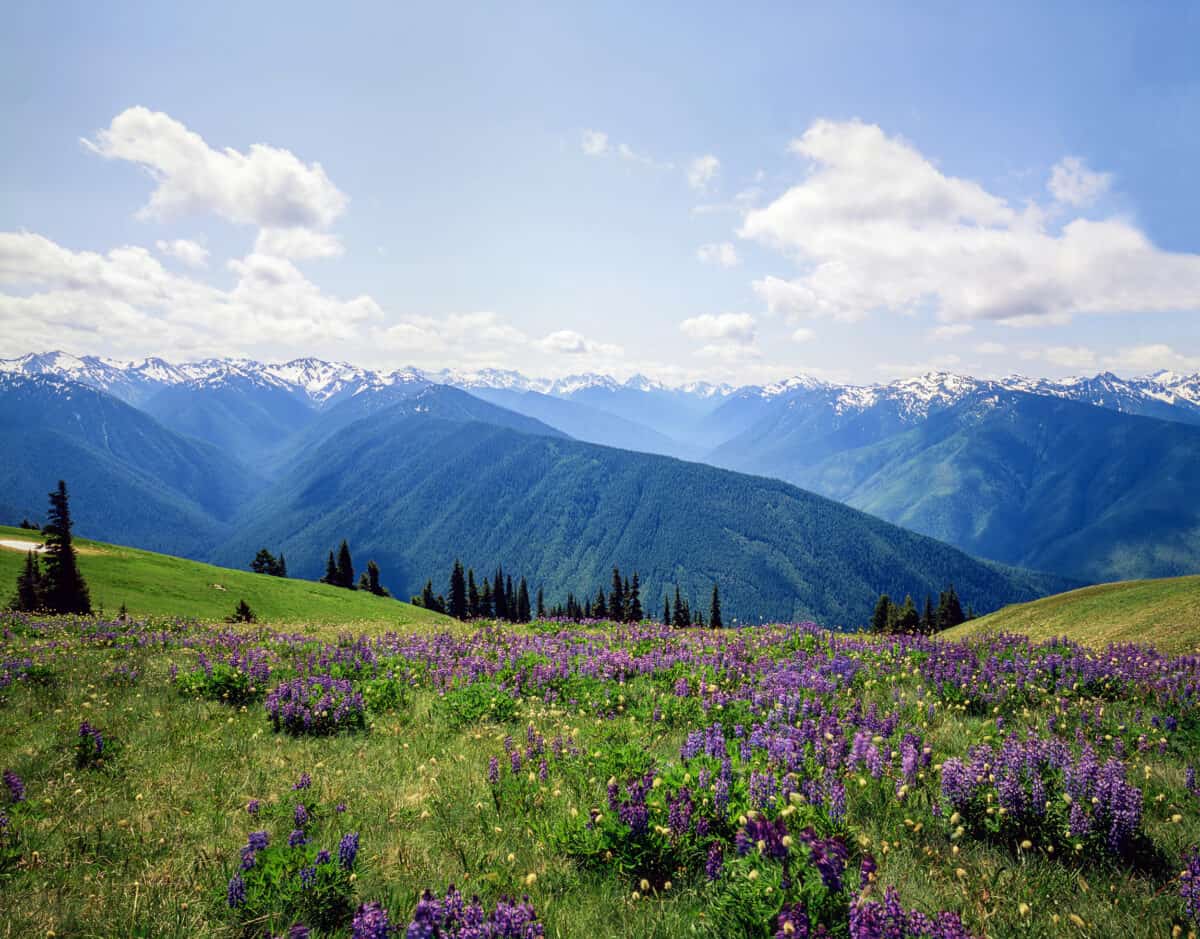
Olympic National Park’s diverse ecosystems are inhabited by black bears and Roosevelt elk. The latter, while picturesque, can become dangerous if their space is invaded, particularly during the fall rut. Park guidelines suggest giving elk a wide berth and avoiding direct eye contact to prevent stress or aggression.
When visiting these stunning national parks, it’s important to remember that while the wildlife enhances the experience, it also commands respect. By understanding and adhering to park guidelines regarding wildlife encounters, we can ensure our safety as visitors and coexist harmoniously with these majestic creatures. Remember, the key to a successful visit lies in preparation, respect, and an informed approach to interacting with nature’s powerful inhabitants.
- 12 National Parks with the Most Dangerous Wildlife - August 12, 2025
- How Some Octopuses Decorate Their Homes With Found Objects - August 12, 2025
- The Smartest Small Dog Breeds Ranked - August 12, 2025

